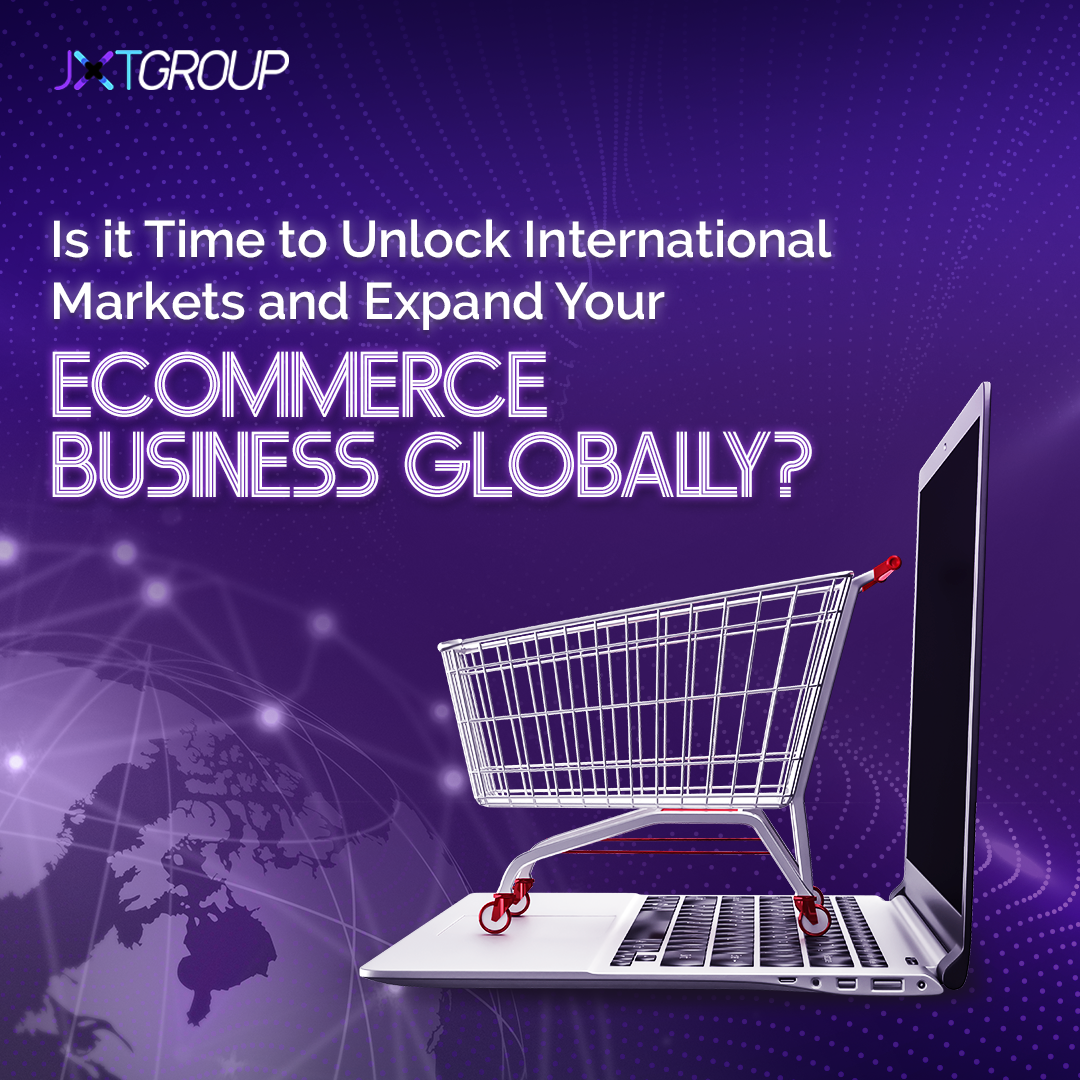The global ecommerce market is booming – in fact, it’s expected to hit $6.3 trillion (yes trillion with a “t”) this year. To tap into this vast potential and stay competitive, your business might find it’s time to explore expansion into international ecommerce.
Here’s what you should know:
Market Research Is Your Foundation for Success
Before you take the leap into international waters, thorough market research is essential. Your success depends on understanding the unique dynamics of each market you plan to enter. Here are some key steps to consider:
- Identify Target Markets: Start by pinpointing the countries or regions that align with your products or services. Consider factors like market size, consumer behavior, and purchasing power.
- Competitive Analysis: Assess the competition in your chosen markets. Be sure to identify both direct and indirect competitors.
- Cultural & Consumer Insights: Understand the cultural nuances and preferences of your target audience. Tailor your product offerings and marketing strategies accordingly.
- Regulatory & Legal Framework: Research the legal and regulatory requirements for ecommerce in each market. This includes tax laws, customs regulations, and data protection laws.
Focus on Localization and Speak Your Customers’ Language
Localization is the key to making your global eCommerce expansion successful. It involves adapting your website, marketing materials, and customer support to cater to the specific needs of your target market. Here’s how to get started:
- Language Translation: Translate your website and product listings into the local language(s) of your target market. Accurate translation (including appreciation for slang) is crucial to building trust with customers.
- Currency & Payment Methods: Display prices in the local currency, and offer payment methods that are popular and trusted in the region.
- Local Customer Support: Provide customer support in the local language and time zone. Promptly address inquiries and issues to build customer loyalty.
- Cultural Sensitivity: Be mindful of cultural norms and sensitivities in your marketing materials. What works in one market may not be well-received in another.
International Shipping and The Logistics of Going Global 
Supply chains and shipping will be crucial to your global eCommerce expansion, as it directly impacts customer satisfaction and your bottom line. Here are some strategies to consider:
- Shipping Partners: Partner with reliable international shipping providers who can offer competitive rates and timely delivery. Negotiate bulk shipping rates to reduce costs.
- Duty & Tax Considerations: Understand the customs duties and taxes applicable to your products in each market. Be transparent about these costs with your customers.
- Shipping Times: Manage customer expectations regarding shipping times. Offer expedited shipping options for those willing to pay extra for faster delivery.
- Returns & Refunds: Develop a clear and fair returns policy for international customers. Make the process as hassle-free as possible to build trust.
Legal Considerations as You Navigate the Regulatory Landscape
Expanding internationally involves navigating a complex web of laws and regulations. It’s essential to stay compliant to avoid legal issues that could harm your business. Here’s what to keep in mind:
- Business Structure: Consider the most suitable business structure for your international expansion. Options may include setting up a local subsidiary, forming partnerships, or operating as an offshore entity.
- Taxation: Understand the tax implications of operating in each market. Consult with tax experts who specialize in international eCommerce to optimize your tax strategy.
- Data Protection: Comply with data protection laws like GDPR (General Data Protection Regulation) in Europe. Safeguard customer data and privacy to maintain trust.
- Intellectual Property: Protect your intellectual property, such as trademarks and patents, in the new markets you enter. Register your brand to prevent infringement.
- Import & Export Regulations: Familiarize yourself with import and export regulations for your products. This includes obtaining the necessary licenses and permits.
Continuous Adaptation and Optimization 
Once you’ve expanded your eCommerce business globally, the journey doesn’t end. The international online selling landscape is constantly evolving. To remain competitive, you must:
- Monitor & Analyze Performance Metrics: Continuously monitor the performance of your international operations. Use analytics tools to gather data on sales, customer behavior, and website traffic.
- Adapt Marketing Strategies: Stay agile in your marketing efforts. Adjust your strategies based on the performance of different markets. What works in one country may not work in another.
- Stay Compliant: Keep abreast of any changes in regulations and ensure ongoing compliance. This includes staying up-to-date with tax laws, data protection, and other legal aspects.
- Gather Customer Feedback: Pay close attention to customer feedback from international buyers. Use their insights to enhance your products and services.
With these considerations in mind, do your research, plan meticulously, and embrace the exciting opportunities that international markets have to offer.
And don’t forget, when you’re ready to make sure your online presence and marketing efforts are ready for the world, JXT Group is here to serve. Reach us by phone at 718-690-7302 or online via our inquiry form. Let’s work together to take your ecommerce brand to the next level of global success!

